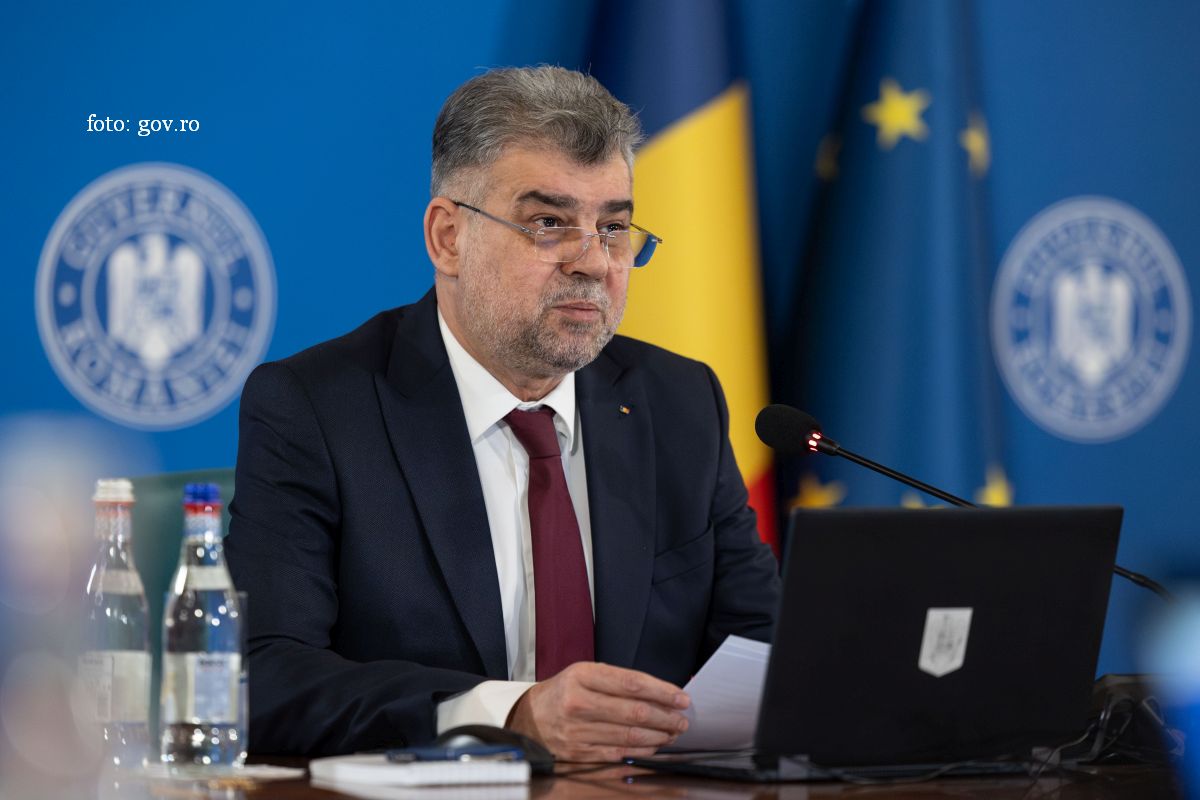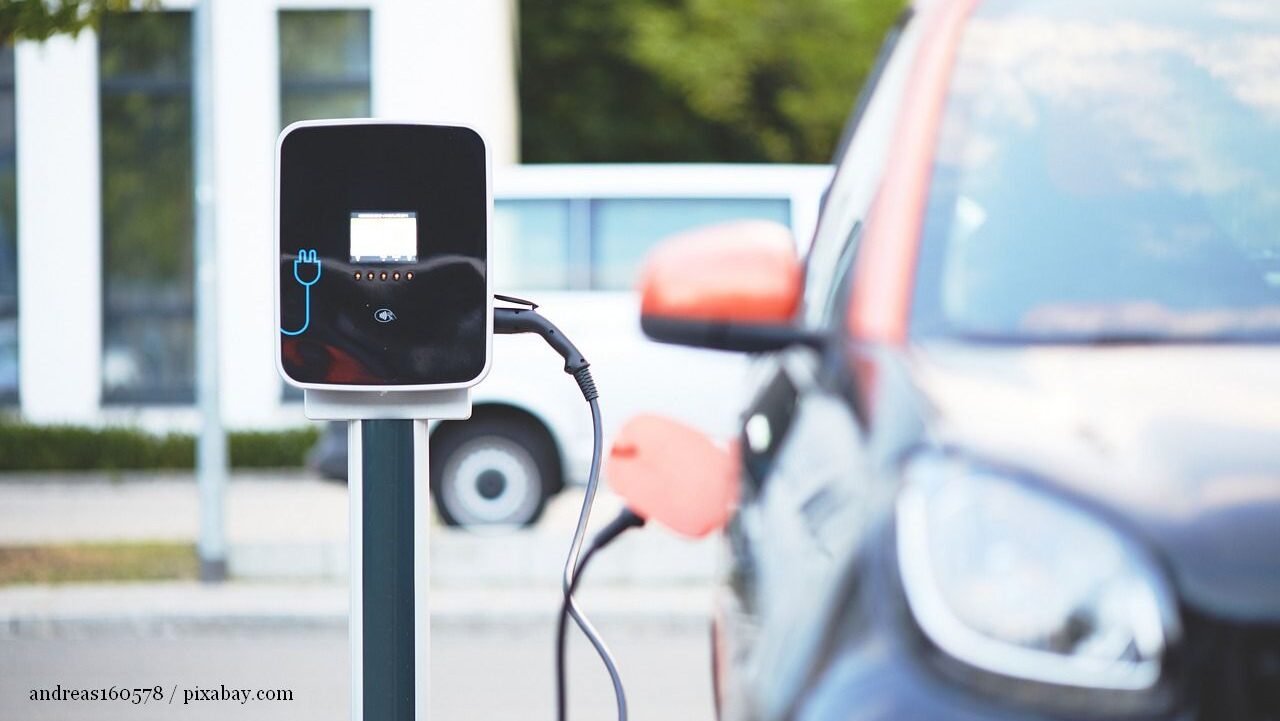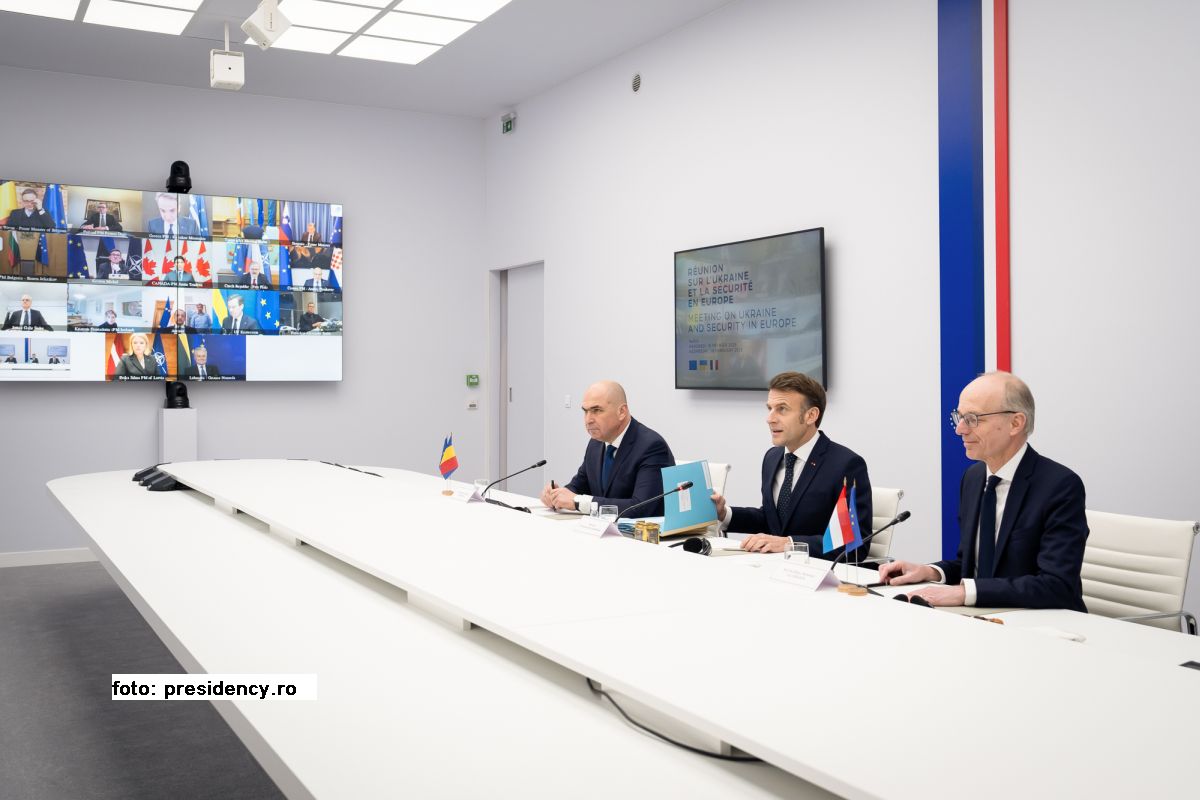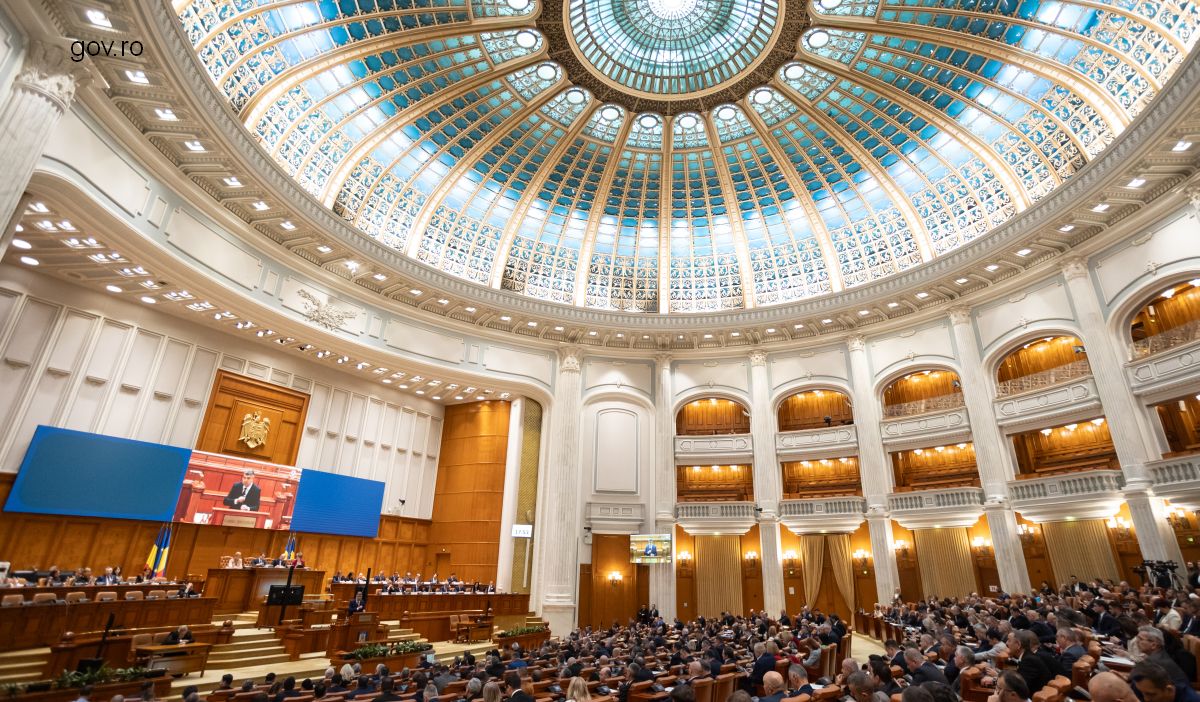A Glimpse at Romania’s political forces
Although not very convincing in opposition, the National Liberal Party is most preferred by voters, while the Social-Democrats, not very convincing in the present ruling coalition, are lagging behind with 10% of the votes. The presidential elections last

Ştefan Stoica, 06.04.2015, 13:45
Four months on from the presidential election won by its candidate, Klaus Iohannis, the National-Liberal Party (PNL) remains, thanks to its candidate, the voters’ main favourite. A poll conducted by the Political Rating Agency (ARP) is placing the National-Liberals on the first position in the voting intention rankings, with 44%, 10 % ahead of the rival Social Democrats.
The only other political force to make it to Parliament would be the Democratic Union of Ethnic Hungarians in Romania (UDMR), which is clearing the required 5% threshold. The political X-ray of Romania’s political life at present shows a simplified bipolar scene, with the right-wing National-Liberal Party comfortably feeding on the election success of its former leader, and a Social-Democratic Party weakened by its unexpected defeat in the election, which is still in power only thanks to the Liberals’ inability to gather around them a new majority.
The Romanians’ interest in parliamentary elections is diminishing, a situation also reflected in the low voter turnout. The fact that two political forces are credited with 75% of the voting intentions and are holding over 90% of mayoral seats seems to have been caused by the uninominal voting system introduced in 2008. Criticized for having generated an oversized legislature of 600 members without even increasing the quality of legislators, the uninominal voting has simplified, at least numerically, the system of political parties.
According to the Political Rating Agency, a possible explanation could be the all-out bankruptcy of smaller political groups, seen as abortive, obsolete projects of the early 1990s and 2000s and also as insignificant resuscitation attempts stemming out of the personal ambitions of less-significant political leaders. In the following year and a half things might change though, as two divergent tendencies have appeared.
The first tendency is the emergence of new political forces and the fragmentation of the political spectrum, against the backdrop of the partial weakening of the two political poles, the National-Liberals and the Social Democrats. In other words, Parliament in 2016 is expected to include more political forces than the PNL, the PSD or the UDMR as well as coalitions. This tendency will be supported by a possible change in the voting system, namely the return to the proportional party-list voting and by relaxing conditions for setting up political parties.
The second tendency will be manifested in reverse, thanks to maintaining the majority vote in a single round for mayor’s offices, a system expected to push for competition in a tandem version, the PSD and PNL candidates versus UDMR in regions mainly inhabited by ethnic Hungarians. The general outcome of the 2016 local election will be a complex one: the main political players the PSD and the PNL will be consolidating their dominant positions, but new political parties will emerge, reinvented versions of the existing ones or splinter groups.






























